Križevci
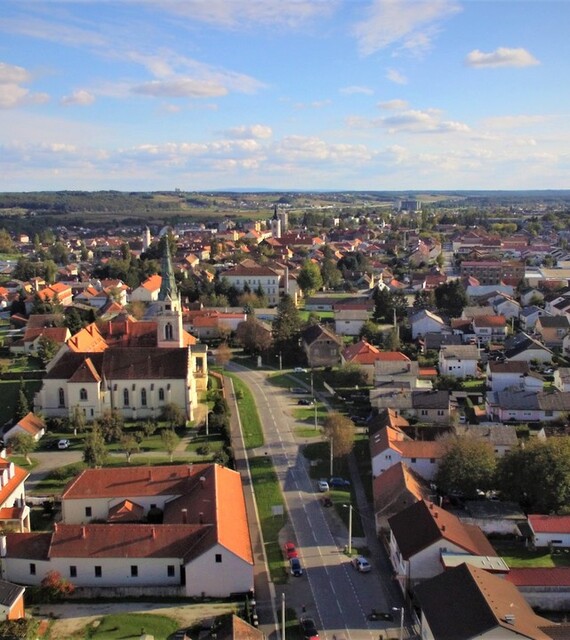
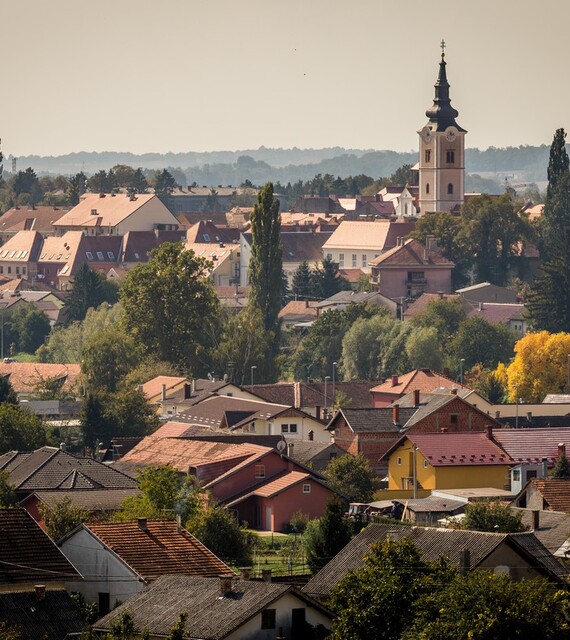
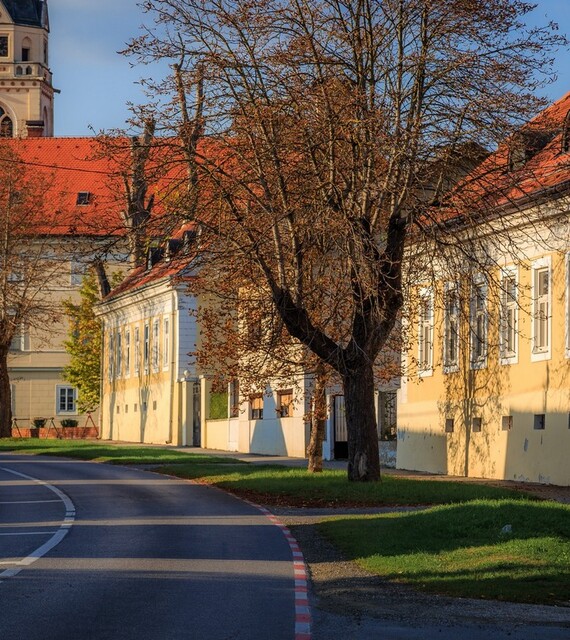
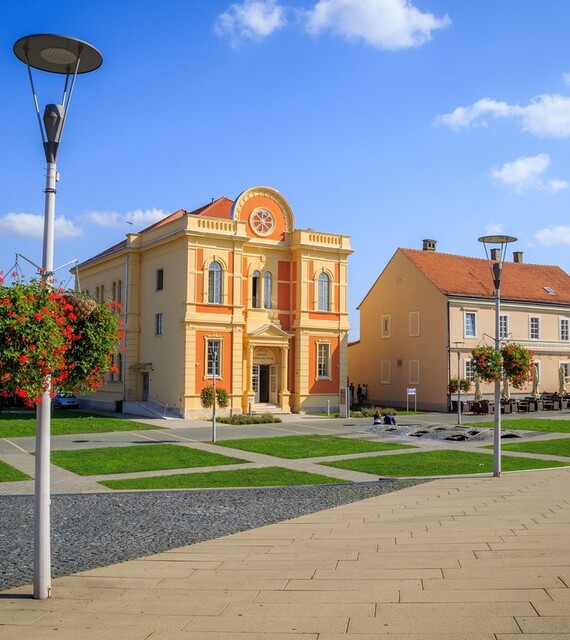
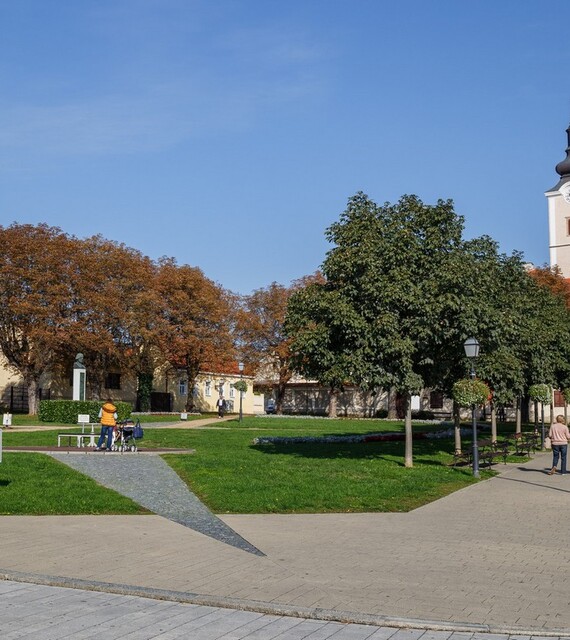
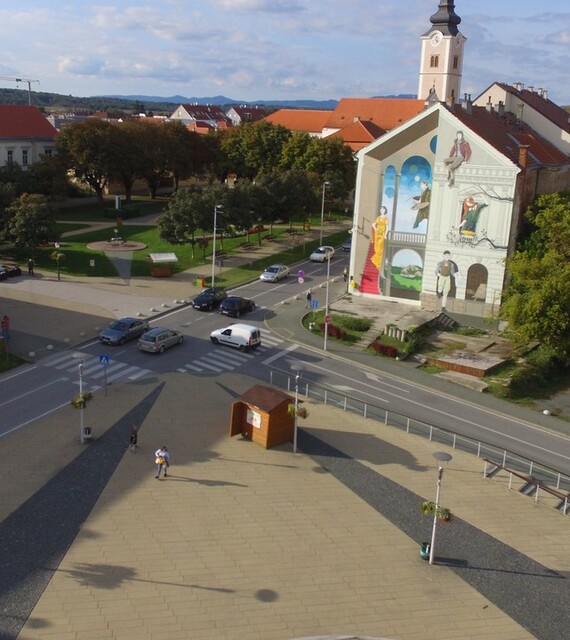
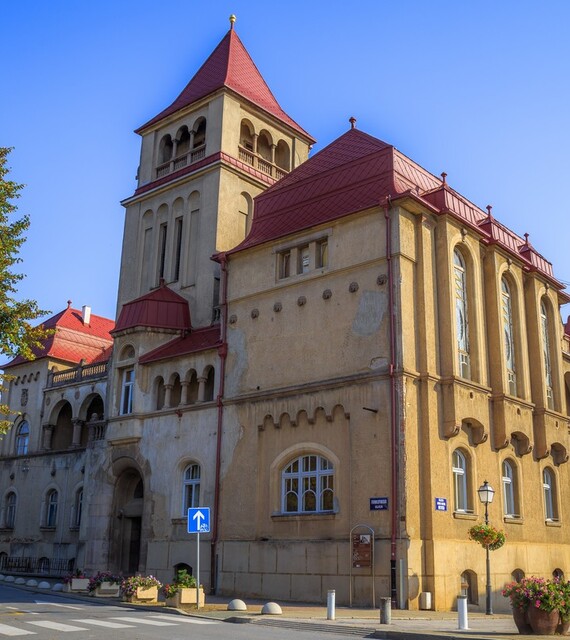
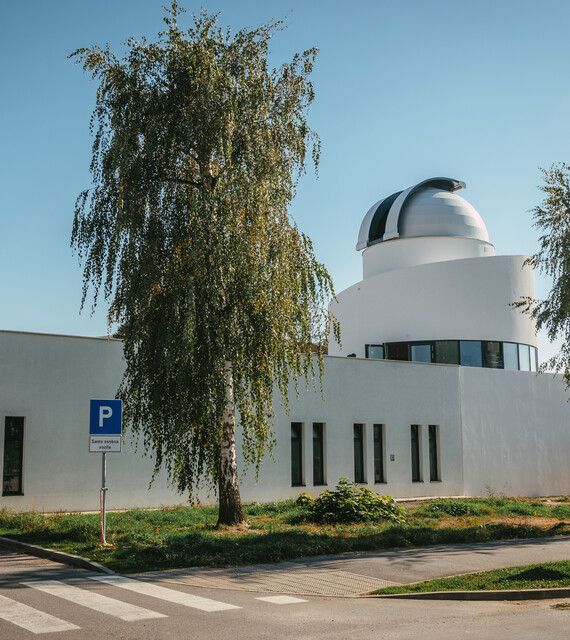
Križevci
Why have we joined the Balkan Solar Roofs Campaign?
In the last few years, the city of Križevci has promoted itself as a pioneer of innovative models of financing renewable energy sources (RES) and is getting closer to the ambitious goal of becoming an energy-independent city and a city resistant to climate change by 2030.
The city is working intensively to mitigate climate change through the implementation of measures that will speed up the transition to renewable energy sources, such as providing support to citizens for the installation of RES on family homes, through installation of RES on public buildings, on the ground and exploring geothermal potential for heating.
What are our ambitions in terms of energy and climate?
With the aim of mitigating climate change, the City of Križevci joined the Covenant of Mayors in July 2011. In 2012 the Sustainable Energy and Action Plan was accepted (SEAP), and in December 2019, after signing the new and expanded Covenant of Mayors for Climate and Energy, the Sustainable Energy and Climate Action Plan (SECAP Križevci) was accepted, in which the goal of reducing CO2 emissions by at least 40% was set.
The city also defined its mission as an energy-independent city in its strategic documents, such as the Development Plan for the City of Križevci from 2021 to 2030. - In 2030 Križevci is an energy-independent city of new generations raised in the spirit of living in harmony with nature, care for the environment and sustainable management of natural resources, educated to use their knowledge and skills to create new values of the local economy, respect and preserve the rich cultural and historical heritage of Križevci and take care of vulnerable groups of society.
What are our strengths to turn these ambitions into reality?
The city of Križevci has a strong will to transform the city into an energy-independent city and city resistant to climate change. Led by the Mayor who is a member of the Energy Cities board, employees of the city administration and other organizations in the city, but also citizens, many projects are being implemented that will contribute to the achievement of goals.
In the first two-year period, by implementing the measures proposed in SECAP, energy savings in the amount of 4,325.64 MWh were achieved whereby the annual reduction of CO2 emissions was reduced by 765.72 tCO2.
So far, 125 solar power plants on family houses with a total power of over 800 kW and 9 power plants on companies, institutions and public buildings with a total power of 700 kW have been built in the city, and by the end of 2023, 6 new solar power plants on public buildings with a total power of 230 kW will be built.
During 2024, the plan is to build a large solar power plant with a capacity of 7 MW, which will be financed by citizens' funds.
An urban plan for the development of a new eco-district was adopted, in which only renewable energy sources such as solar energy, heat pumps, geothermal energy for heating, etc. will be used.
The city is also developing cycling infrastructure, working on the establishment of green public transport and investing considerable resources in mitigating the heat island effect by planting trees in critical locations.
Interesting facts
- Average insolation
- unknown
- Renewable energy generated
- 0 kWh
- CO2 savings so far
- 0.000 g CO2
- Financial savings so far
- € 0
- Roof equivalents
- Private: 0 | Public: 0
- Technology
- Photovoltaic: 0 | Thermal: 0

